
WiMi Innovates with Binary String Polynomial Encoding for Enhanced Quantum Random Access Memory
WiMi's Groundbreaking Development in Quantum Memory
WiMi Hologram Cloud Inc. (NASDAQ: WiMi) has made a significant stride in the realm of quantum technology by introducing a novel binary string polynomial encoding for Quantum Random Access Memory (QRAM). This innovative approach promises to optimize the efficiency of quantum data processing, thereby empowering advancements in quantum computing applications.
In classical computing, Random Access Memory (RAM) is essential for quick data retrieval, and in a similar vein, QRAM serves as a memory backbone for quantum computers. Unlike traditional RAM, QRAM can access stored data in a manner that respects the delicate nature of quantum states, allowing for more effective parallel processing.
However, this advanced data access is replete with challenges. Quantum states necessitate that data retrieval maintains superposition without interference from measurements, complicating the design of an efficient QRAM structure. Current designs often require extensive computational resources, hindering their scalability for widespread application.
WiMi's innovative QRAM architecture counteracts these limitations by harnessing binary string polynomial encoding, utilizing Clifford+T circuits to enhance circuit efficiency. This leads to substantial improvements compared to existing QRAM configurations like the bucket brigade architecture, particularly in key performance metrics such as T-depth and T-count.
Key Advantages of WiMi's QRAM Architecture
1. Enhanced T-depth: The T-depth is crucial in quantum computing; a shorter T-depth results in faster computational processes. WiMi’s approach allows for a dramatic reduction, achieving exponential improvements in T-depth through binary encoding.
2. Optimized T-count: T gates, which are complex operations in quantum computing, can become resource-intensive. WiMi has strategically minimized T-count without compromising performance, ensuring resource efficiency in circuit design.
3. Improved Qubit Utilization: Optimizing qubit efficiency remains pivotal in QRAM development. WiMi’s design manages to sustain qubit numbers while significantly enhancing other critical performance attributes, thereby boosting overall effectiveness.
In addition to this, WiMi's architecture introduces the innovative quantum Look-Up Table (qLUT), a variant of the traditional QRAM that, although limited in function, offers high efficiency in specific applications like fixed data retrieval. The integration of qLUT with QRAM optimizes T-depth and T-count while also maintaining a low qubit count, making data access quicker and more efficient.
The Future of Quantum Computing with WiMi
WiMi's advancements represent not only a theoretical milestone but also practical implications for numerous applications, from chemical simulations to cryptographic efforts and financial modeling. By pushing the boundaries of QRAM, this technology will facilitate a more efficient quantum computing landscape, potentially transforming industries reliant on rapid, large-scale data processing.
As developments continue, the link between QRAM technology and the burgeoning quantum internet promises a future of enhanced efficiency, stability, and scalability in quantum ecosystems. WiMi Hologram Cloud, with its focus on integrating holographic AR technologies across various sectors, is primed to lead the way in this quantum revolution.
Through these innovations, WiMi is set to significantly impact the quantum computing domain, overcoming traditional limitations and fostering new opportunities in data management and access within quantum frameworks. As the landscape of technology evolves, WiMi's contributions are expected to hold transformative potential for both current applications and future endeavors in quantum technology.
Topics Consumer Technology)



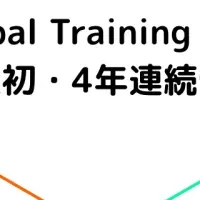

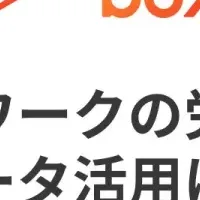
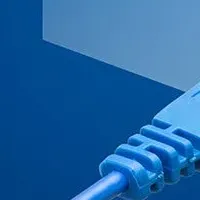
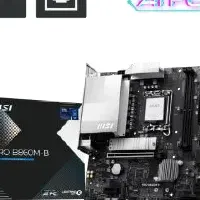
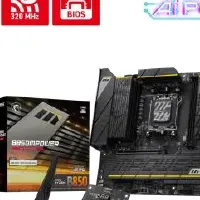
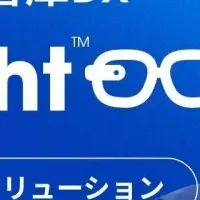
【About Using Articles】
You can freely use the title and article content by linking to the page where the article is posted.
※ Images cannot be used.
【About Links】
Links are free to use.